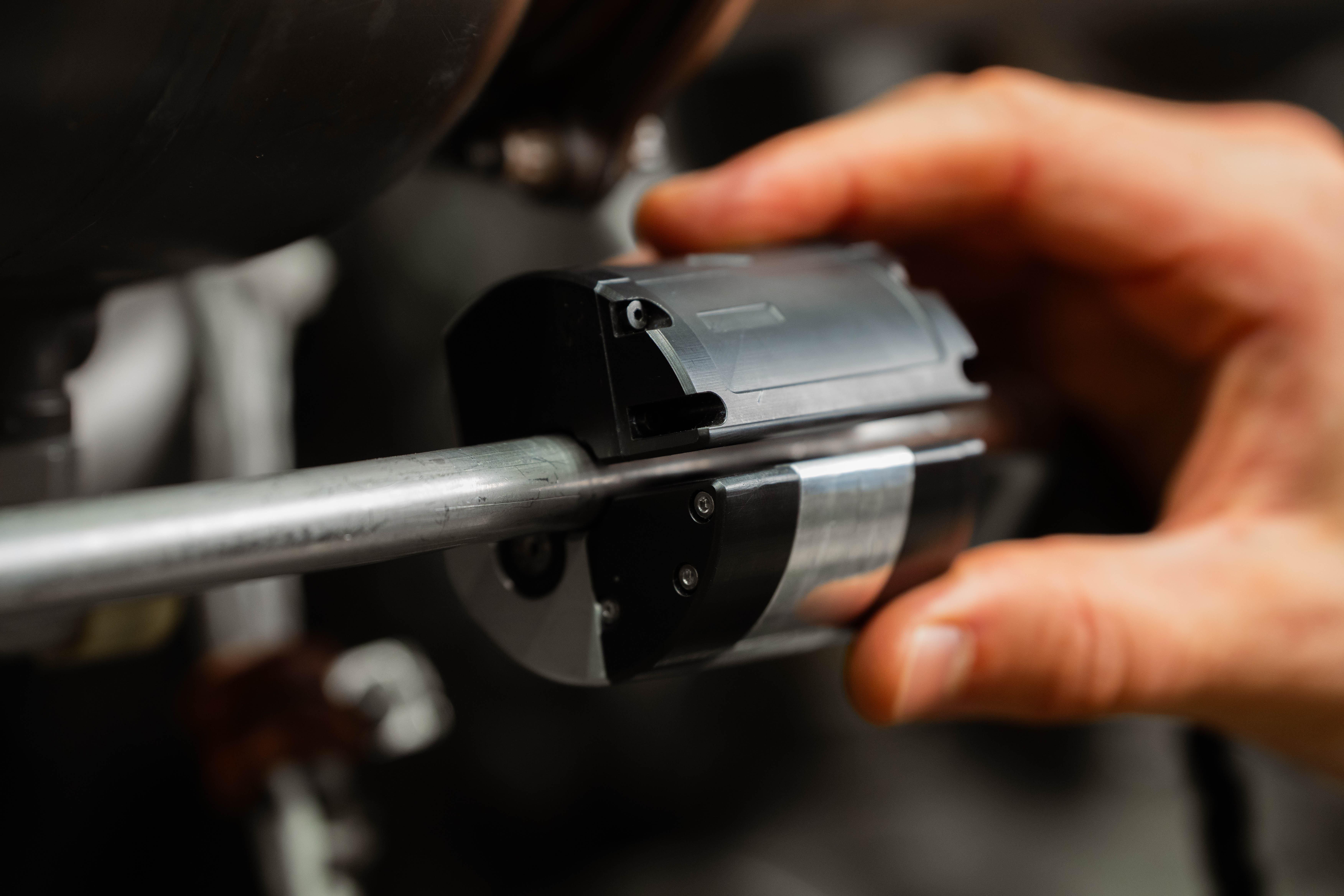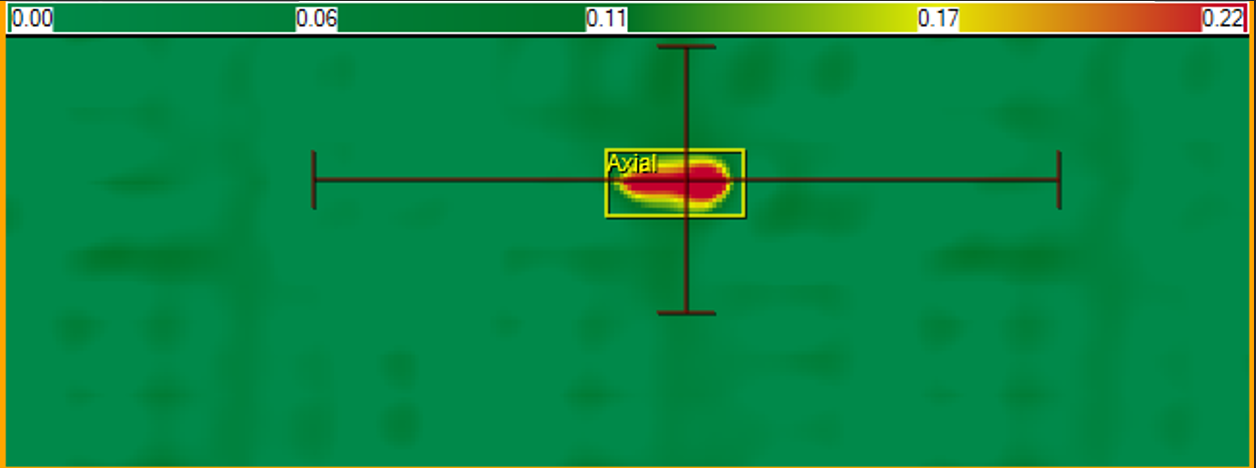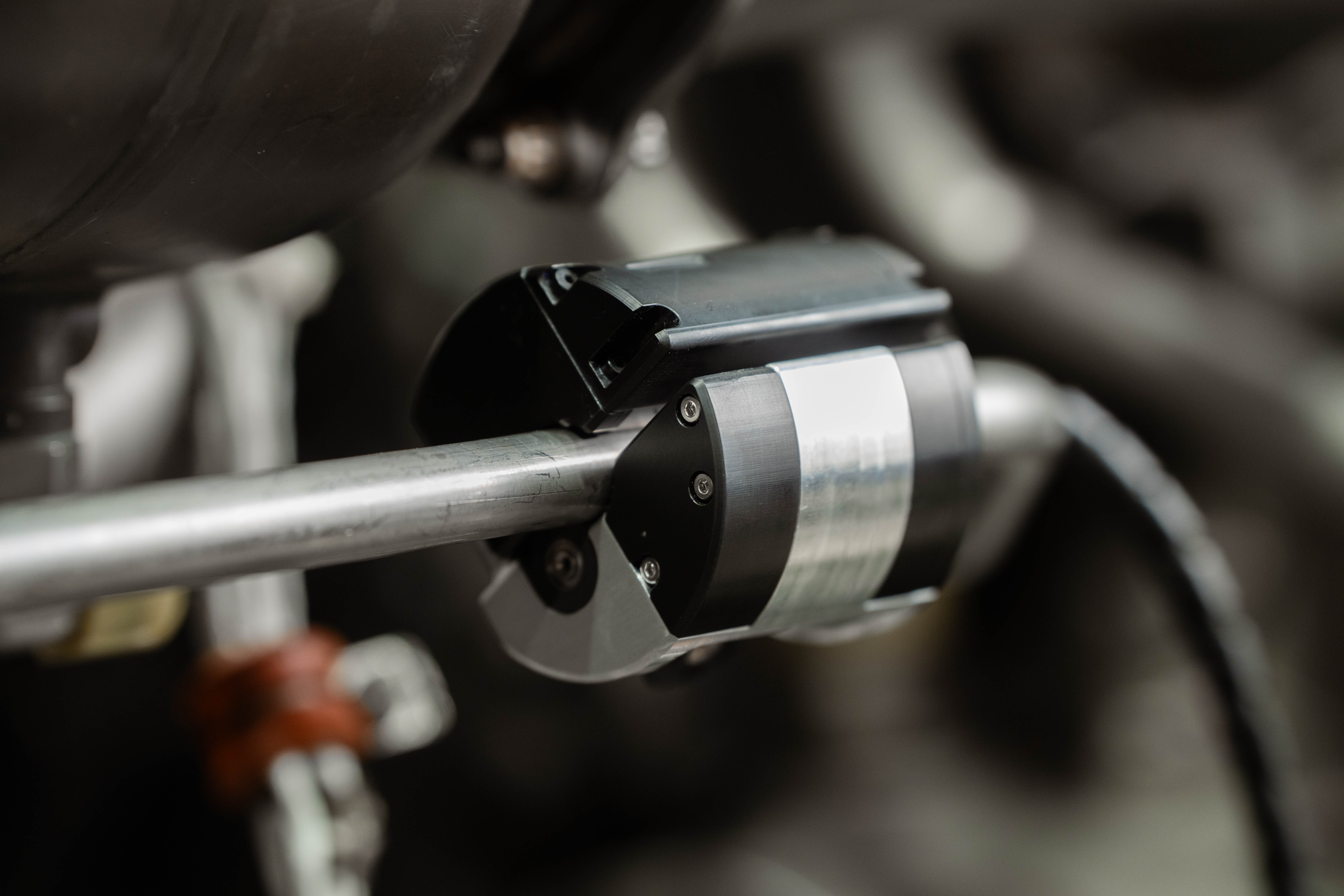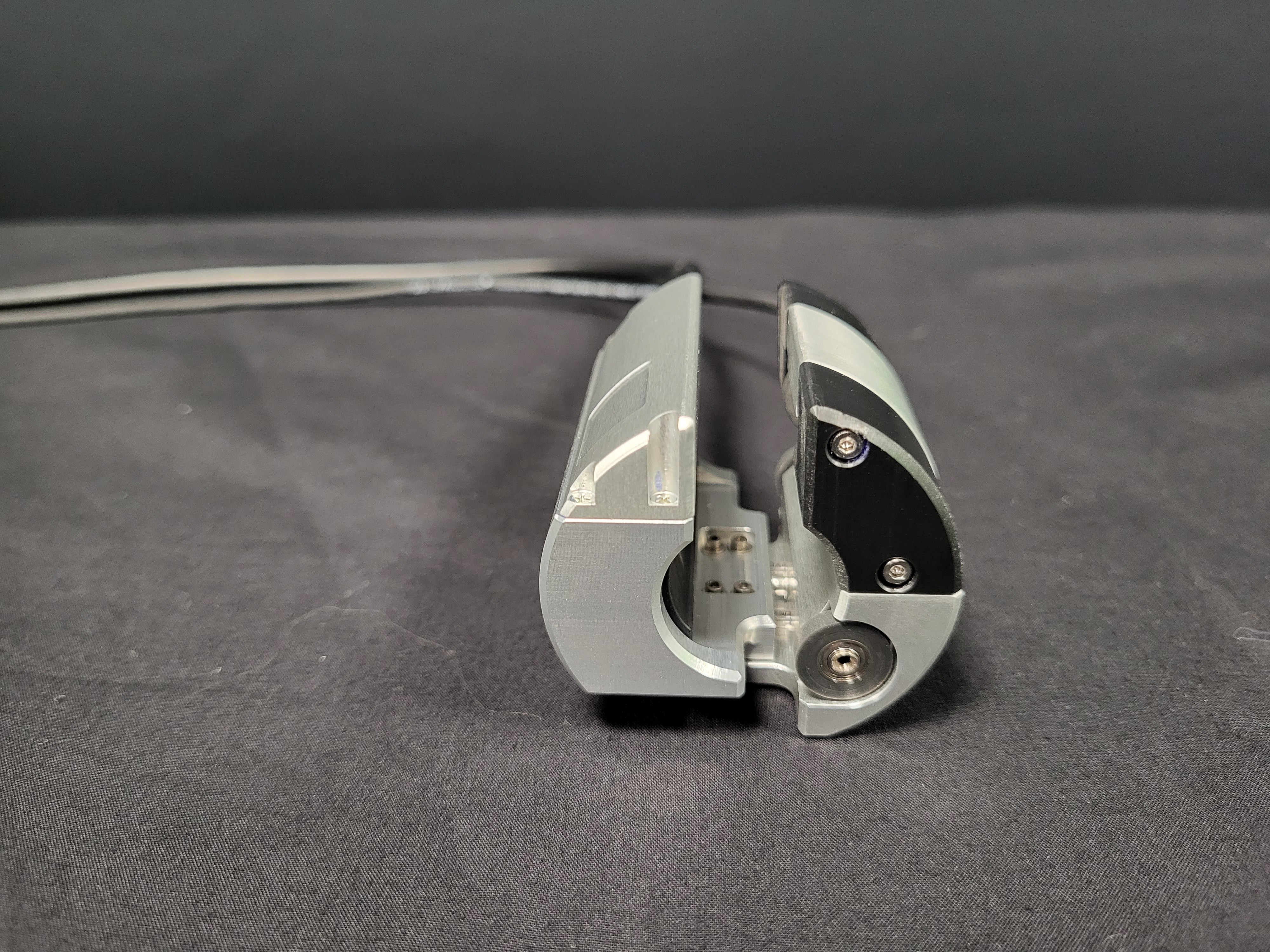A true alternative to penetrant testing for the detection of submillimeter flaws in orbital welds of all sizes.
Features
- Highest sensor resolution optimized for the detection of small cracks and surface flaws
- Inspection time decreased by over 90% compared to liquid penetrant testing
- Small probe footprint designed for welds of all sizes and with restricted access
- Integrated and lockable encoder for stable scanning and precise flaw positioning
Details
Eddy current array (ECA) for rapid crack detection
Scanning speed becomes critical when having to inspect dozens – or hundreds – of orbital welds at once. Operating at high frequency, the orbital weld probes allow scanning the complete circumference of a tube and detecting submillimeter surface flaws in a matter of seconds. The entire inspection process can be completed within a few minutes when considering the time for securing the probe around the weld, scanning, data analysis, and reporting.



Encoded and easy to use
The probe was designed with a strong focus on its ease of use. It is first secured around the weld with a stable clamping mechanism. The scan is performed circumferentially by rotating the probe around the weld. An encoder in contact with the surface makes the inspection speed-independent and allows the precise positioning of the indications.
Magnifi’s assisted analysis tools allow the effortless interpretation and reporting of any anomaly detected in the weld.
For more information, have a look at our application note that covers this topic.
Probe family for various weld sizes
Orbital welding is used on a wide range of tube sizes, and having to purchase a different probe for every single diameter can be costly. Our family of orbital weld probes was built with this aspect in mind: the total number of probes to cover all possible weld diameters was minimized, while ensuring stability and close contact of the sensors with the weld. While the smallest probes are dedicated to a unique weld diameter, the larger ones cover a range of tube sizes.


Probe customization
Orbital welding is a complex process that may involve the development of internal cracking, clusters of porosities, lack of fusion, or other specific types of flaws. While the orbital weld probes are optimized for the detection of external cracking, custom sensors can be embedded in the same probe body to allow the detection of various types of flaws and offer an alternative to radiography that is easier to deploy.
Similarly, thinner or smaller probes can be built if weld access is restricted.
Ask an ExpertSpecifications
- 0.125 in (3 mm)
- 0.25 in (6 mm)
- 0.375 in to 0.625 in (9 mm to 16 mm)
- 0.75 in to 1.0 in (19 mm to 25 mm)
- 1.25 in to 2.0 in (32 mm to 51 mm)
- 2.0 in (51 mm) and more*
- Circumferential and encoded
- Stainless steel
- Titanium
- Zirconium
- Etc.
- External
- Custom sensors available for internal defects
- Custom sensors available for mid-wall defects
- 1 mm (0.04 in) to 2 mm (0.08 in)
- 100 – 800 kHz
- 14 mm (0.55 in)
- 32








